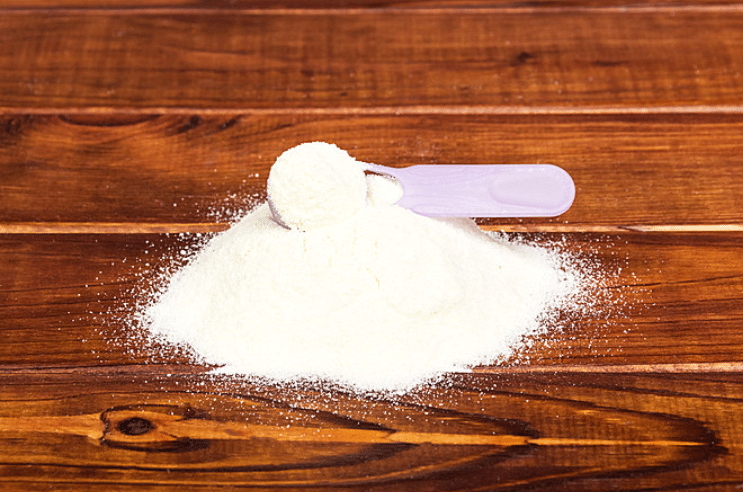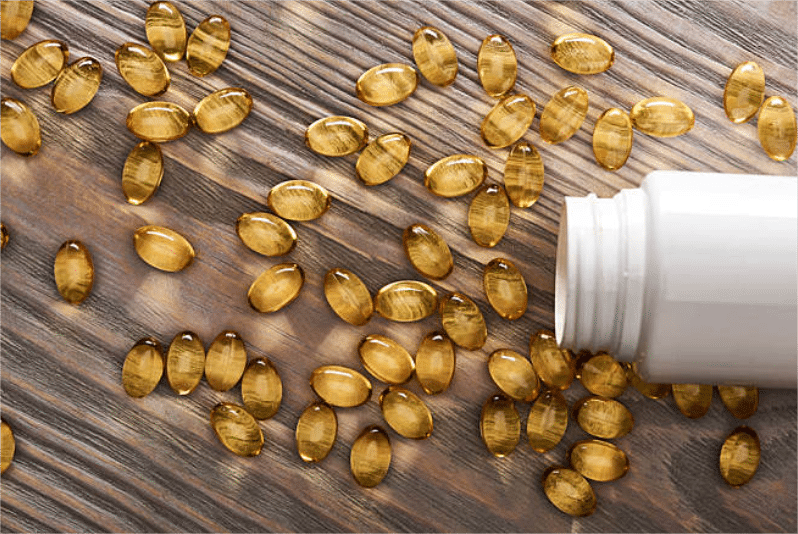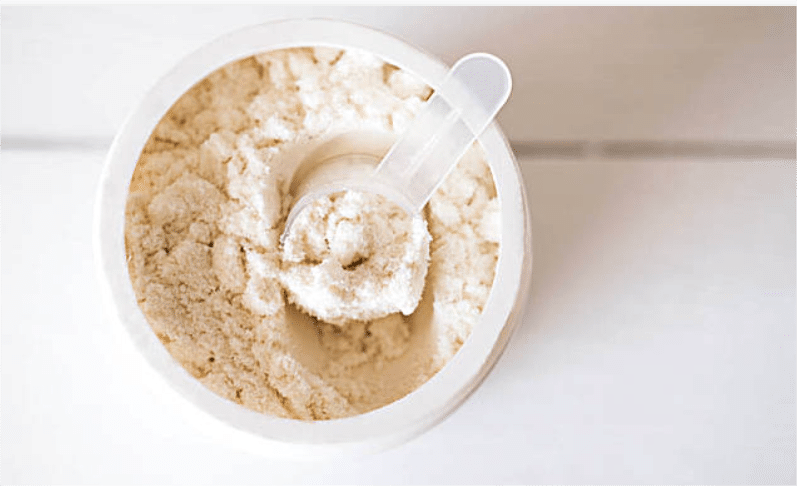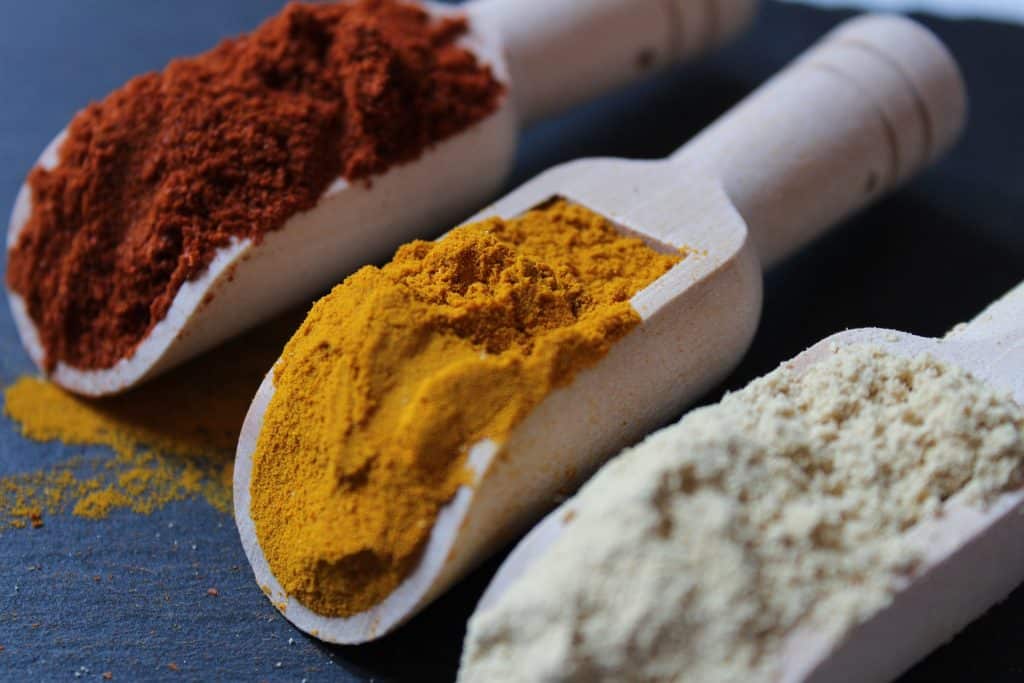Table of Contents
ToggleWhat is Hydrolyzed keratin ?
What is silk Collagen Peptide ?
Hydrolyzed Keratin and Silk Collagen Peptides are both popular ingredients used in hair and skincare products, but they are quite different in terms of their composition, benefits, and how they work. Here’s a comparison:
1. Source and Composition:
- Hydrolyzed Keratin:
- Source: Derived from the protein keratin, typically extracted from animal sources such as wool, feathers, or horns.
- Composition: Keratin is a tough, fibrous protein found in hair, skin, and nails. It’s composed of amino acids like cysteine, which form strong disulfide bonds to create a durable structure.
- Silk Collagen Peptides:
- Source: Derived from silk proteins, often from silkworms, specifically from the fibroin component.
- Composition: Silk collagen peptides are smaller, more easily absorbed fragments of the larger silk proteins, containing amino acids like glycine, alanine, and serine.
2. Primary Benefits:
- Hydrolyzed Keratin:
- Strengthens and rebuilds the hair’s structure by penetrating and repairing damaged hair fibers.
- Improves the overall resilience and elasticity of hair.
- Adds shine, smoothness, and reduces frizz by restoring the hair’s natural keratin levels.
- Silk Collagen Peptides:
- Provides hydration and moisture retention, creating a smooth, soft texture.
- Enhances the elasticity and flexibility of hair, making it less prone to breakage.
- Helps improve skin’s hydration and elasticity when used in skincare products, making it popular in anti-aging formulas.
- Can promote hair growth by nourishing the scalp.
3. Mechanism of Action:
- Hydrolyzed Keratin:
- Because it’s broken down into smaller fragments, hydrolyzed keratin can penetrate the hair shaft to reinforce and rebuild damaged areas. It works well for people with brittle, damaged hair or those with chemically-treated or heat-damaged hair.
- Silk Collagen Peptides:
- Silk peptides are smaller than regular collagen and can deeply hydrate both the skin and hair. They do not repair hair in the same structural way as keratin, but they improve hair’s texture and smoothness while also enhancing skin moisture and elasticity.
4. Use Cases:
- Hydrolyzed Keratin:
- Best for repairing and strengthening damaged hair, including chemically treated, heat-styled, or over-processed hair.
- Often used in shampoos, conditioners, and hair masks that focus on repairing hair damage and improving texture.
- Silk Collagen Peptides:
- Best for promoting softness, shine, and overall appearance of hair, making it feel healthier and more hydrated.
- Also popular in skincare, especially for its moisturizing, anti-aging benefits.
- Used in both hair treatments and skin creams, masks, and serums.
5. Suitability:
- Hydrolyzed Keratin:
- Suitable for individuals with coarse, damaged, or weak hair.
- May not be ideal for those with fine hair, as it can sometimes cause buildup or make hair feel heavy.
- Silk Collagen Peptides:
- Suitable for all hair types, particularly those looking for smoother, shinier, and more hydrated hair.
- Also a great option for people looking to improve skin elasticity and hydration.
6. Key Differences:
- Keratin is more focused on repairing and rebuilding damaged structures in hair, making it ideal for repairing weak and brittle hair.
- Silk Collagen Peptides are better for adding smoothness, moisture, and overall health, often providing a more luxurious feel, and they also have benefits for skin hydration and elasticity.
Conclusion:
Which works better of Hydrolyzed Keratin and Silk Collagen Peptide?
Are Hydrolyzed Keratin and Silk Collagen Peptide equally effective for improving hair health?
Are Hydrolyzed Keratin and Silk Collagen Peptide similarly priced?
Are Hydrolyzed Keratin and Silk Collagen Peptide both effective for strengthening hair structure?
Are Hydrolyzed Keratin and Silk Collagen Peptide equally beneficial for skin elasticity?
Are Hydrolyzed Keratin and Silk Collagen Peptide both suitable for all hair types?
Are Hydrolyzed Keratin and Silk Collagen Peptide equally effective for reducing hair breakage?
Are Hydrolyzed Keratin and Silk Collagen Peptide both easily absorbed by the hair and skin?
Are Hydrolyzed Keratin and Silk Collagen Peptide equally effective for improving hair shine?
Are Hydrolyzed Keratin and Silk Collagen Peptide both suitable for use in hair care products?
Are Hydrolyzed Keratin and Silk Collagen Peptide equally beneficial for overall hair and skin health?
If you are interested in purchasing or want to learn more about high quality Hydrolyzed Keratin and Silk Collagen Peptide raw materials, please reach out to us at sales@collagensei.com. At Gensei Global Industries, we provide high-quality, FDA-certified raw materials that comply with ISO, HALAL, KOSHER, and MSC certifications. Our warehouses are strategically located in California and New York, ensuring a consistent supply for your needs.




